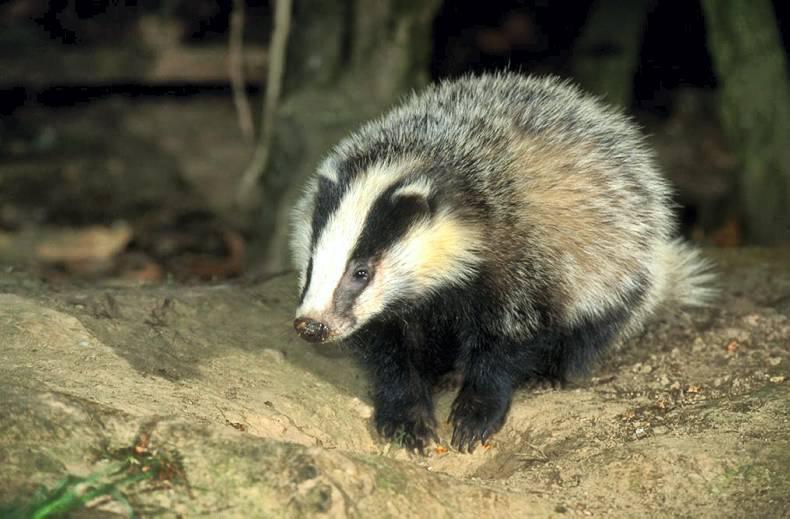The revised TB eradication programme for Wales will see low, intermediate and high TB areas established from 1 October with policies varying across the regions. Post-movement testing of cattle moving into the low TB area is to be introduced from October with measures beginning for intermediate areas next year.
The regionalisation model is similar to the approach adapted in England, but the badger culling policy is different.
In England, culling of all badgers takes place in large areas around 150km2. Culling in Wales will only take place at a farm level after cage-trapping and a positive TB test. The Welsh government has said that this approach will only be considered in “chronic breakdown herds, where there is evidence of infection in the badger population”.
Some research has indicated that culling at a local level can increase the risk of TB infection due to the movement of badgers, known as the perturbation effect.
Caution
“We would urge caution over moving forward with a trap, test, remove policy. We know there are limitations in the diagnostic tests that are currently available, which could result in infected badgers being released,” said British Veterinary Association (BVA) Welsh branch president Sarah Carr.
The BVA has urged caution with policy until results from the Test and Vaccinate or Remove (TVR) research project in Co Down are released. The fourth year of the five-year project began earlier this week.
Incidence rates
Most recent figures up to March 2017 show that herd incidence rate is 6.6% in Wales and 10.4% in England, but the English figure varies from 18.1% in high-incidence areas to 1.0% in low-incidence areas. Scotland was designated as officially TB-free in September 2009 and incidence is currently 0.7%.
Herd incidence rate in NI is at a 12-year high of 8.2%, while incidence rates in the Republic of Ireland stood at 2.6% up to March 2017.
Read more
TB rises in first quarter of 2017 in ROI
Bovine TB reactors surge 50% in NI
The revised TB eradication programme for Wales will see low, intermediate and high TB areas established from 1 October with policies varying across the regions. Post-movement testing of cattle moving into the low TB area is to be introduced from October with measures beginning for intermediate areas next year.
The regionalisation model is similar to the approach adapted in England, but the badger culling policy is different.
In England, culling of all badgers takes place in large areas around 150km2. Culling in Wales will only take place at a farm level after cage-trapping and a positive TB test. The Welsh government has said that this approach will only be considered in “chronic breakdown herds, where there is evidence of infection in the badger population”.
Some research has indicated that culling at a local level can increase the risk of TB infection due to the movement of badgers, known as the perturbation effect.
Caution
“We would urge caution over moving forward with a trap, test, remove policy. We know there are limitations in the diagnostic tests that are currently available, which could result in infected badgers being released,” said British Veterinary Association (BVA) Welsh branch president Sarah Carr.
The BVA has urged caution with policy until results from the Test and Vaccinate or Remove (TVR) research project in Co Down are released. The fourth year of the five-year project began earlier this week.
Incidence rates
Most recent figures up to March 2017 show that herd incidence rate is 6.6% in Wales and 10.4% in England, but the English figure varies from 18.1% in high-incidence areas to 1.0% in low-incidence areas. Scotland was designated as officially TB-free in September 2009 and incidence is currently 0.7%.
Herd incidence rate in NI is at a 12-year high of 8.2%, while incidence rates in the Republic of Ireland stood at 2.6% up to March 2017.
Read more
TB rises in first quarter of 2017 in ROI
Bovine TB reactors surge 50% in NI






 This is a subscriber-only article
This is a subscriber-only article











SHARING OPTIONS: